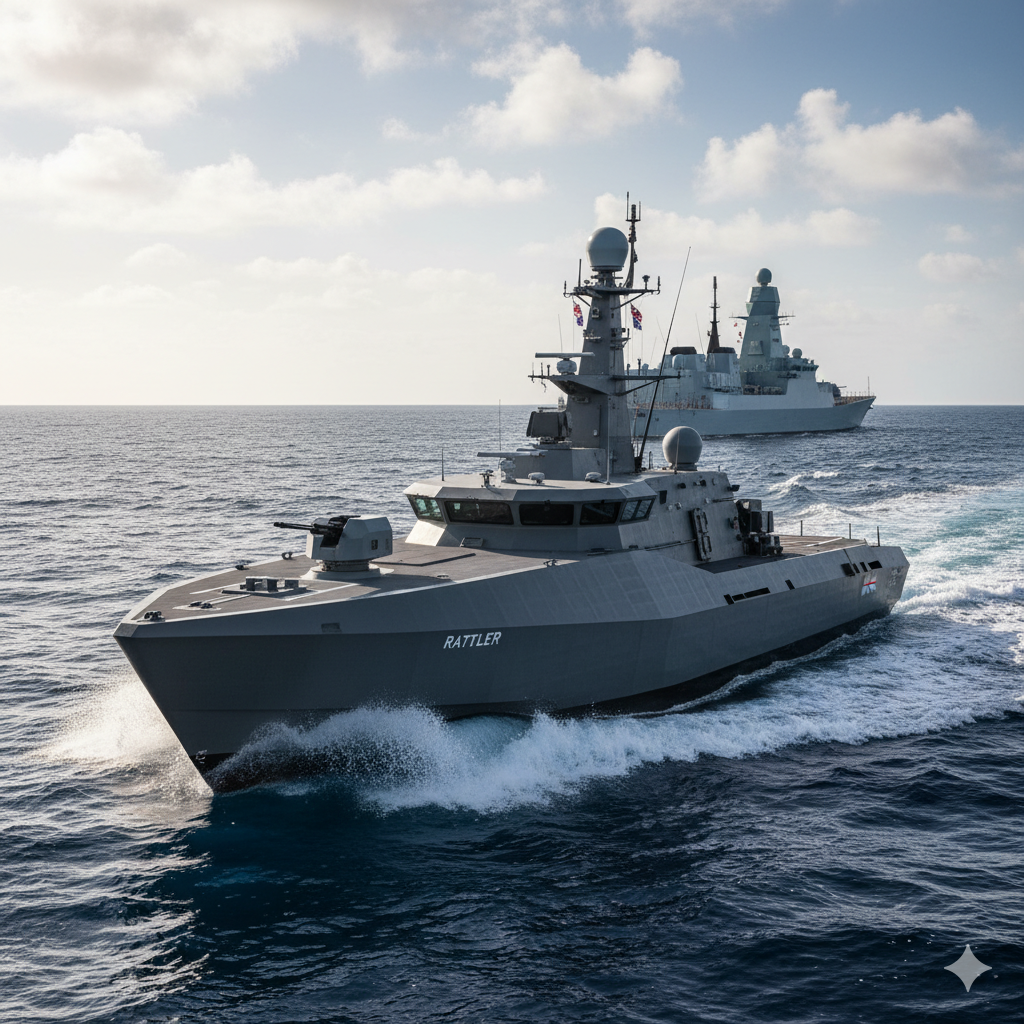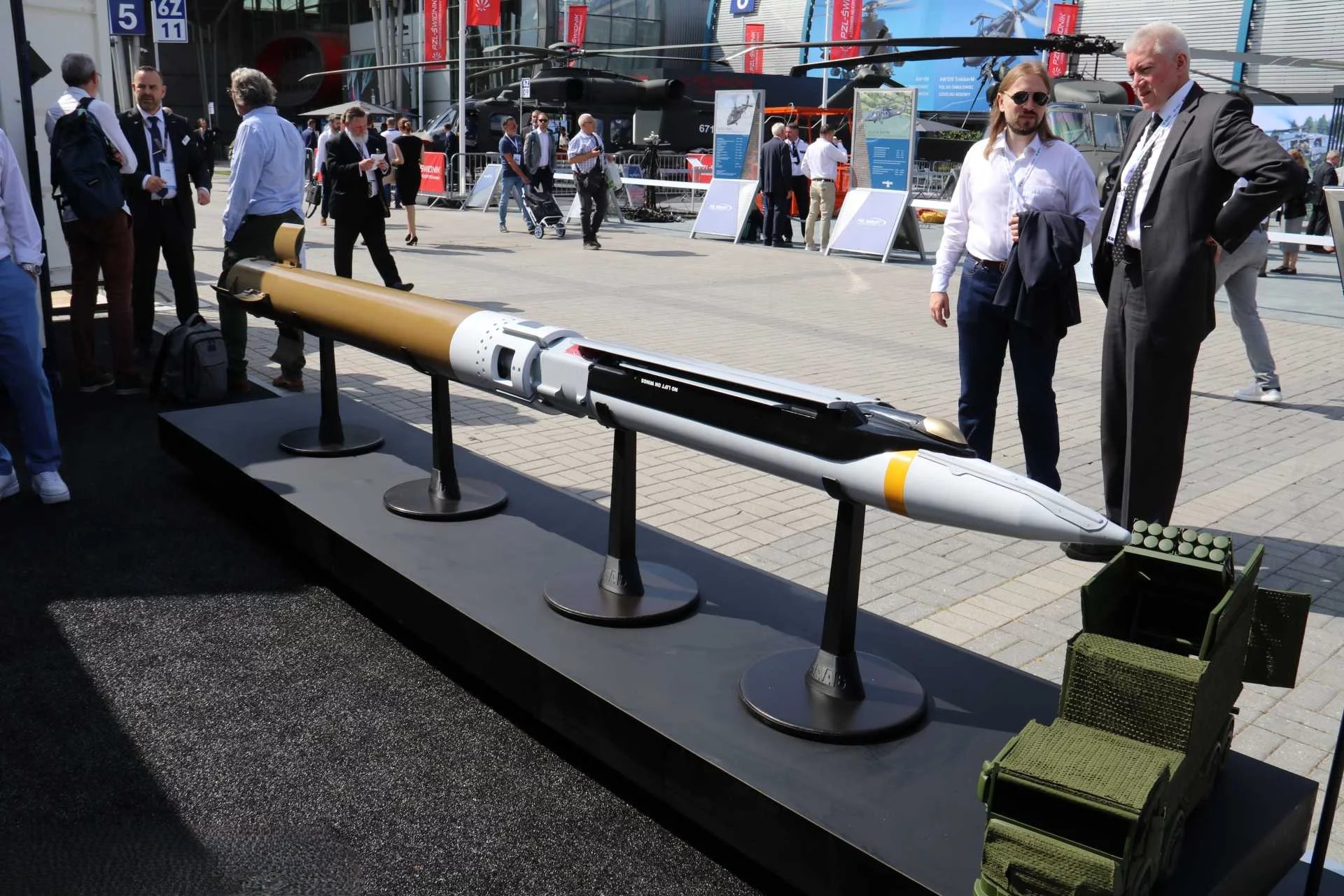The seas are vast and unpredictable, and safeguarding vital naval assets has always been a paramount concern for maritime powers. In a significant leap forward for naval defense and autonomous technology, the British Royal Navy is currently undergoing landmark trials with the “Rattler” unmanned boats, a revolutionary system designed to provide an advanced layer of protection for its warships. This initiative marks a pivotal moment in naval strategy, signaling a shift towards integrated autonomous systems for enhanced security and operational efficiency.
The Rattler Unmanned Surface Vessels (USVs), developed by a consortium of innovative defense contractors, represent the cutting edge of maritime robotics. These highly agile and sophisticated autonomous boats are specifically engineered to operate in conjunction with larger warships, acting as vigilant escorts and an early warning system against potential threats. Imagine a fleet of silent, swift guardians, constantly patrolling the waters around a Royal Navy vessel, extending its protective perimeter far beyond conventional capabilities.
One of the primary objectives of the Rattler trials is to assess the USVs’ ability to detect, deter, and potentially engage threats before they can endanger a manned warship. Equipped with an array of advanced sensors, including radar, sonar, and electro-optical systems, the Rattler boats can identify suspicious activity, from small, fast-moving craft to submerged objects, with unparalleled precision. This enhanced situational awareness provides invaluable time for the crew of the escorted warship to react and formulate a response, significantly bolstering its defensive posture.
The integration of USVs like the Rattler into naval operations also offers a compelling solution to a number of long-standing challenges. Firstly, it allows for a reduction in the direct exposure of naval personnel to dangerous situations. By deploying autonomous escorts, the Royal Navy can conduct reconnaissance and security patrols in high-risk areas without placing human lives in immediate jeopardy. Secondly, the Rattler USVs can operate continuously for extended periods, unaffected by human fatigue, offering persistent surveillance and protection around the clock. This relentless vigilance ensures that no threat goes unnoticed, even during prolonged deployments.
The trials themselves are rigorous and comprehensive, designed to push the Rattler USVs to their operational limits in various maritime environments. Naval engineers and operators are meticulously evaluating their performance in areas such as navigation autonomy, threat detection capabilities, communication protocols with manned vessels, and their ability to operate effectively in diverse weather conditions. The data gathered from these trials will be instrumental in refining the Rattler system and integrating it seamlessly into the Royal Navy’s existing operational framework.
Furthermore, the introduction of the Rattler USVs aligns perfectly with the Royal Navy’s broader vision for a future fleet that leverages cutting-edge technology to maintain its competitive edge. The emphasis on autonomous systems, artificial intelligence, and data-driven decision-making is transforming modern naval warfare. By embracing these advancements, the Royal Navy is not only enhancing its immediate defensive capabilities but also positioning itself as a leader in global maritime innovation.
The success of the Rattler trials could pave the way for a more widespread adoption of unmanned systems across various naval roles, from mine countermeasures and intelligence gathering to logistical support and surveillance. This paradigm shift will undoubtedly reshape the future of naval defense, creating a more resilient, adaptable, and technologically advanced force.
In conclusion, the British Royal Navy’s exploration of the Rattler unmanned boats represents a bold and strategic move towards a more secure and efficient future. These trials are not merely about testing new technology; they are about redefining how naval power is projected and protected in an increasingly complex and challenging global maritime landscape. The Rattler USVs are poised to become the silent, watchful guardians of the Royal Navy, ensuring the continued safety and operational readiness of its vital warships for decades to come.




